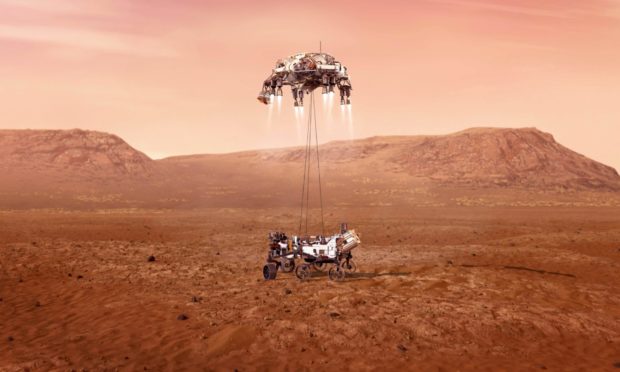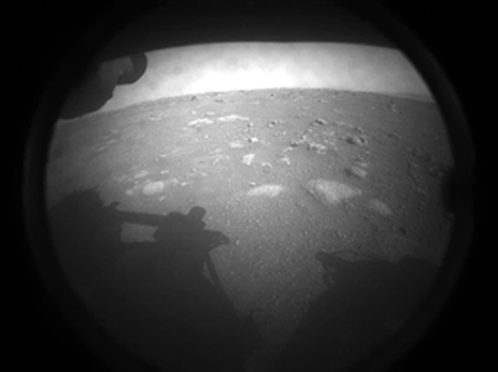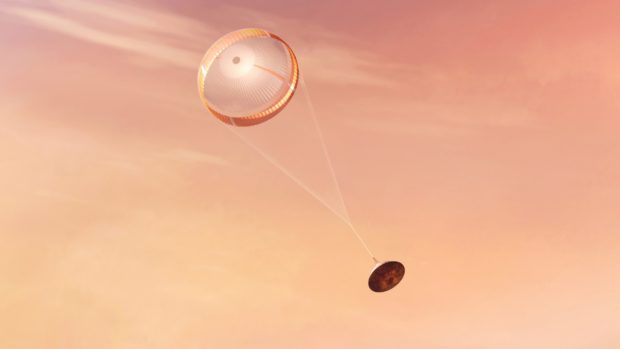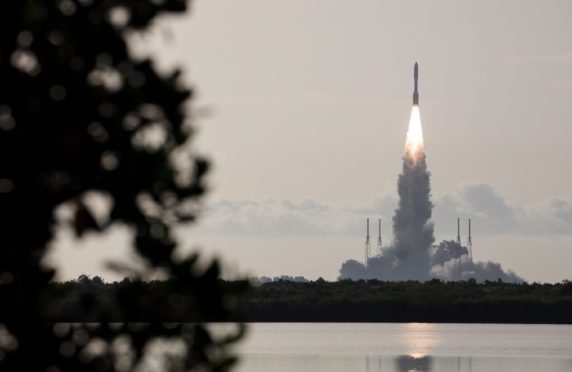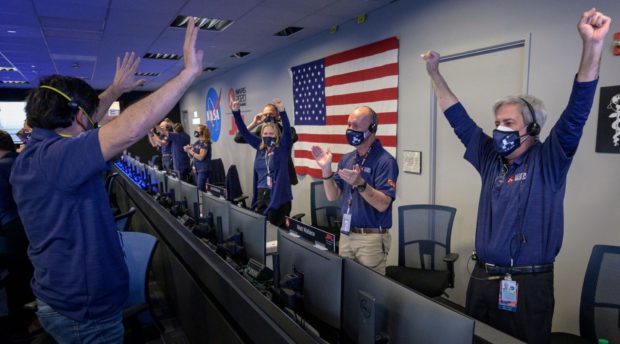Dundee technology has landed on Mars – and will play a part in a quest for signs of alien life.
Scientists across the globe celebrated as Nasa’s Perseverance Rover successfully arrived on the surface of the red planet on Thursday.
And the achievement was extra special for staff at Dundee manufacturing firm WL Gore and Associates, without whom the rover would not be able to function on its quest to seek out signs of life.
The company’s wires and cables, assembled at Dundee’s Technology Park, have been a vital component of the Perseverance’s journey – its landing in particular.
Technology designed to endure the brutality of space
Gore says the Nasa mission was “directly enabled” by its technology, which is designed to endure the brutal conditions in outer space.
The firm’s wires and cables have been used on numerous Nasa missions throughout the years, including the Apollo 11 moon landings.
On this occasion, they allowed for successful communication and data processing between the Perseverance and the Skycrane used during the complicated descent on to the surface of Mars.
Gore said the rover was travelling at roughly 12,100mph during its “intense” entry into the planet’s atmosphere, with the landing operation taking about seven minutes in total.
Cables made by the firm also form part of the rover itself.
Jeff Fyfe, Gore’s space global business leader, said: “The successful Martian landing of Perseverance continues Gore’s 100% failure-free flight record and is a testament to our collaborative relationship with Nasa and ESA (European Space Agency).
“We look forward to future missions with them, as well as those from the dynamic new space market.”
Gore products have also been used on the likes of the International Space Station and the Hubble Space Telescope.
‘Mission personifies human ideal of persevering toward the future’
The rover, which is roughly the size of a car, was launched from Cape Canaveral in Florida on July 30 2020 using a United Launch Alliance Atlas V rocket.
The Perseverance, which is the biggest and most advanced rover ever deployed to another planet by Nasa, travelled some 293 million miles before hitting the Martian atmosphere.
Its journey through space lasted 203 days.
Hello, world. My first look at my forever home. #CountdownToMars pic.twitter.com/dkM9jE9I6X
— NASA's Perseverance Mars Rover (@NASAPersevere) February 18, 2021
The Perseverance’s mission is due to span roughly 687 earth days – or a full Mars year.
Described by Nasa as a “robotic geologist and astrobiologist”, the space vehicle will embark on an investigation of the 28-mile wide Jezero Crater.
Scientists believe the site was filled with water some 3.5 billion years ago.
The rover will probe the rock and sediment from the crater’s ancient lakebed and river delta to help answer questions about its past climate, and to search for signs of “ancient microbial life”.
If successful, Perseverance’s samples will be returned to be studied by scientists on earth.
Acting Nasa administrator Steve Jurczyk said: “This landing is one of those pivotal moments for NASA, the United States, and space exploration globally – when we know we are on the cusp of discovery and sharpening our pencils, so to speak, to rewrite the textbooks.
“The Mars 2020 Perseverance mission embodies our nation’s spirit of persevering even in the most challenging of situations, inspiring, and advancing science and exploration.
“The mission itself personifies the human ideal of persevering toward the future and will help us prepare for human exploration of the Red Planet.”
